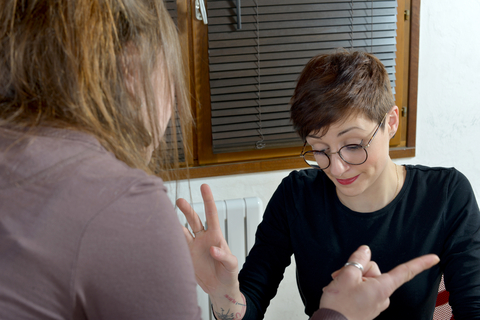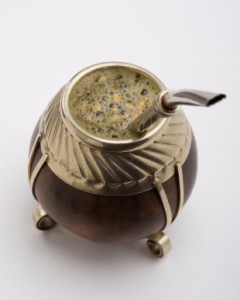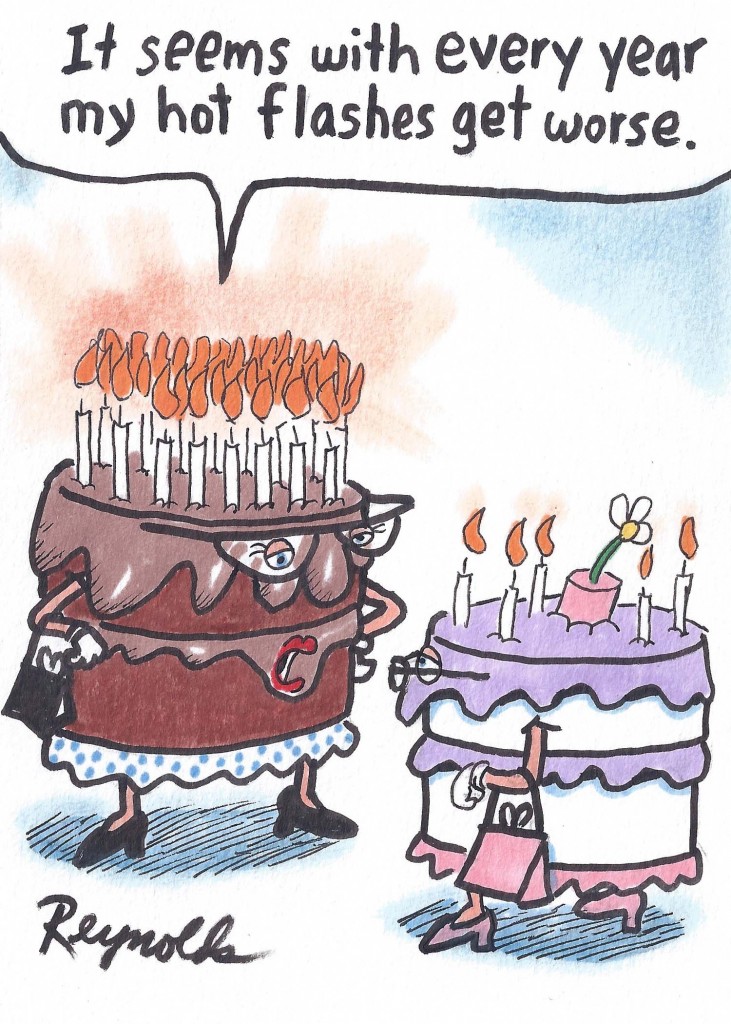Flashfree…time for a new journey
Hello there! I’ve been gone for about four years but I’ve been eager to get the site back up and running to provide women (and men) access to six some-odd years of posts and information. In the coming weeks, the site will be undergoing a revamp and slight change in direction, a new journey, if you will. While we would like to believe in the utopian fantasy that health is created equally, and that health needs are likewise, the same between women, data suggest otherwise. Women of color have increased rates of hypertension (aka high blood pressure), diabetes, death from breast cancer, etc. And as you may know, menopause is a prime time for the body to go haywire and certain disease risks, elevate markedly. So, stay tuned as I have a few thoughts about devising content that is specific to women of color, in addition to content that applies across the gender spectrum.
Blogging may be dead. However the search for current information never goes away.
Welcome back!
Read MoreDon’t put all your eggs in one basket!
Back in 2010 I wrote a piece about a woman’s egg supply and its role in predicting when menopause may start. There’s some new information to add to the story so thought I’d rerun the piece with a few highlights.
So eggs and baskets. What, pray tell, do they have to do with menopause? Let’s break it down, step by step (or, year by year, as the case may be). The bottom line is that roughly 69% of the total reserve of eggs that a woman has and how that varies throughout her lifetime can be determined by age alone.
While still in the womb, a female will develop several million eggs. Up until age 14, the eggs will continue to increase in number, accelerate around puberty (i.e. ages 9 through and then the reserve steadily declines until menopause (around age 50 or 51).
Using computer modeling of data taken from about 325 women, researchers determined that by the age of 30, 95% of women will only have 12% of their egg reserves remaining. By age 40, only 3% remain. What’s more, age remains the primary influencer of the number of eggs up until about age 25. Then as a women grows older, other factors, including smoking, body mass index, stress and previous pregnancies start to play more important roles.
Back to the menopause component. The majority of readers of this blog are of the age where pregnancy is no longer a consideration an the number of eggs in reserve, pretty irrelevant. However, by considering and mapping how the ovarian reserve of eggs is established and then diminished in the first place, researchers hope to be better able to predict when menopause will start individual women. This strategy compliments the anti-Mullerian hormone blood test (check out information on that here) and closely follows the way that scientists used the blood test to predict menopause.
However, geeky science aside, by having a better idea of when menopause will start, you may be able to take appropriate steps in a timely fashion to both stave off vasomotor symptoms such as hot flashes and night sweats and maintain body weight and physical health. What’s more, imagine the possibilities in terms of mood swings and depression. The potential rewards are endless.
According to the researchers, they might also be able to predict which women treated for cancer are at highest risk for early menopause as the result of treatment. Since many of these women are young, this might provide opportunities for proactive family planning.
And finally, by measuring ovarian volumes, a key factor in the computer modeling, researchers believe that they may be able to predict young women who are at risk for developing premature loss of their ovarian function, a common side effect of cancer treatment. The benefit here is that it may be a way to help these young women preserve their eggs early for later fertility efforts.
So, all those eggs in one basket? You might not be able to control how many but you may be able to control certain outcomes. Nice!
Read MoreWorking the ‘Pause…the U.S. Experience
 About a year ago, I wrote a post about a UK study exploring women experiences of working through the menopausal transition. Among the various challenges cited, poor concentration, fatigue, memory issues, depression and loss of self-confidence ranked among the highest. Moreover, the majority of women chose to avoid discussing their symptoms with their managers, making a bad situation even worse.
About a year ago, I wrote a post about a UK study exploring women experiences of working through the menopausal transition. Among the various challenges cited, poor concentration, fatigue, memory issues, depression and loss of self-confidence ranked among the highest. Moreover, the majority of women chose to avoid discussing their symptoms with their managers, making a bad situation even worse.
A more recent survey has been released by The Working Mother Research Institute and not surprisingly, the findings are similar. And, while the methodology is not quite scientific and based on a series of survey blasts, it does serve up some sobering statistics. Among 1,500 women surveyed (ages 45 to 65):
- About one-third cited hot flashes as the most troublesome symptoms in the workplace, and roughly two-thirds said that they occurred daily.
- Similar to their UK counterparts, changes in memory and concentration and fatigue (attributable to sleep disruption) were also among the most troublesome symptoms.
- Almost half (48%) reported that managing their symptoms took a toll on their work life, with 12% passing up more demanding work or promotions as a result.
- The more ‘male’ the work environment, the more that women tried to hide their menopausal symptoms while at work; this distinction was almost two-fold.
- Fewer than one on three women felt comfortable discussing their symptoms with their supervisors and among those who were, again, gender was a strong determining factor.
So, what do these flashing, fatigued women desire in their work environment? Overwhelmingly, one primary ‘want’ shines through: the ability to adjust temperature in their workspace. A close second and third? A flexible dress code and the ability to bring a fan into the workspace.
The bottom line of this survey echoes the UK study: employers need to be more aware that among their female employees ‘of a certain age,’ the menopausal transition can cause some difficulty. And while the solutions are relatively simple, the lack of consideration for an issue creates a problem in and of itself.
According to the North American Menopause Society, approximately 6,000 women enter menopause daily in the United States. Not only are these women living longer but increasingly, they continue working well beyond what was once considered traditional retirement age. So long as women keep working the ‘pause, employers will need to readjust the environment to keep those women happy and productive. Currently, it appears that there is a long way to go to achieve the optimal balance in the workplace.
Read MoreCan yerba mate protect your bones?
 Have you heard of yerba mate? Made from dried, ground leaves and twigs of a tree indigenous to South America (Ilex paraguariensis), yerba mate is a caffeinated beverage that is steeped in hot water and drunk through a metal straw inserted into a dried gourd. This method of consuming yerba mate is known as mate cebado. Like coffee, tea and colas, yerba mate contains a stimulant (xanthine), and on average, contains about 330 mg of caffeine for every (1.5 quarts) consumed.
Have you heard of yerba mate? Made from dried, ground leaves and twigs of a tree indigenous to South America (Ilex paraguariensis), yerba mate is a caffeinated beverage that is steeped in hot water and drunk through a metal straw inserted into a dried gourd. This method of consuming yerba mate is known as mate cebado. Like coffee, tea and colas, yerba mate contains a stimulant (xanthine), and on average, contains about 330 mg of caffeine for every (1.5 quarts) consumed.
Why the interest? Well, coffee and consumption of caffeine have been linked to lower bone mineral density, accelerated bone loss and increased fracture risk, all major red flags for women as they age who become increasingly at higher risk for osteoporosis. Conversely, beverages like green and black tea, both of which have considerable caffeine content, are reportedly protective of bone. So, what about yerba mate and your bones?
In study in the January 2012 issues of Bone, researchers looked at the effect of yerba mate in postmenopausal women who drank at least a liter per day (prepared as mate cebado) for five years. These women were sedentary, did not smoke or also drink more than three cups of coffee or tea daily, were not on HRT or bisphosphonate therapy and used alcohol moderately. Yet, when they were compared to women of similar age and menopausal status who did not drink yerba mate, they were found to have higher bone mineral density levels at both the spine and hip. And, when researchers delved deeper, they found that only one other factor — body mass index — similarly and positively affected these BMD measures.
However, yerba mate contains high levels of xanthine, the same stimulant implicated in coffee’s detrimental effect on bone, implying that it wouldn’t be bone protective, right? A possible explanation for these positive bone effects is that yerba mate contains organic compounds, such as in particular, polpyphenols (antioxidant chemicals), flavonoids and alkaloids that may confer these positive benefits.
Before you start changing your caffeine habits, there are a few things that you need to know. Yerba mate has been linked to esophogeal and oral cancer and cancer of the larynx (although this may be associated with the temperature of the drink as well as the compound itself). Because it contains such a high level of stimulant, it may not be safe for people with high blood pressure who are especially sensitive to caffeine or who are taking blood pressure medications. Finally, there is some indication that in high doses, yerba mate can negatively affect the liver. So, it’s a beverage that’s best in moderation (take note lovers of Guayaki Organic Energy Shots!).
Me? I’m going to stick with my coffee habit and counteract any negative bone impact through weight bearing exercise. Still, it’s good to know that yerba mate may be an alternative worth looking into.
Read More
Wednesday Bubble: Evolution?
Do they or don’t they? Inquiring minds want to know!
Tell me what your flashes are like and how they’ve been as you’ve been moving through the ‘pause. Hopefully, we can collectively come up with some effective solutions!
Read More








